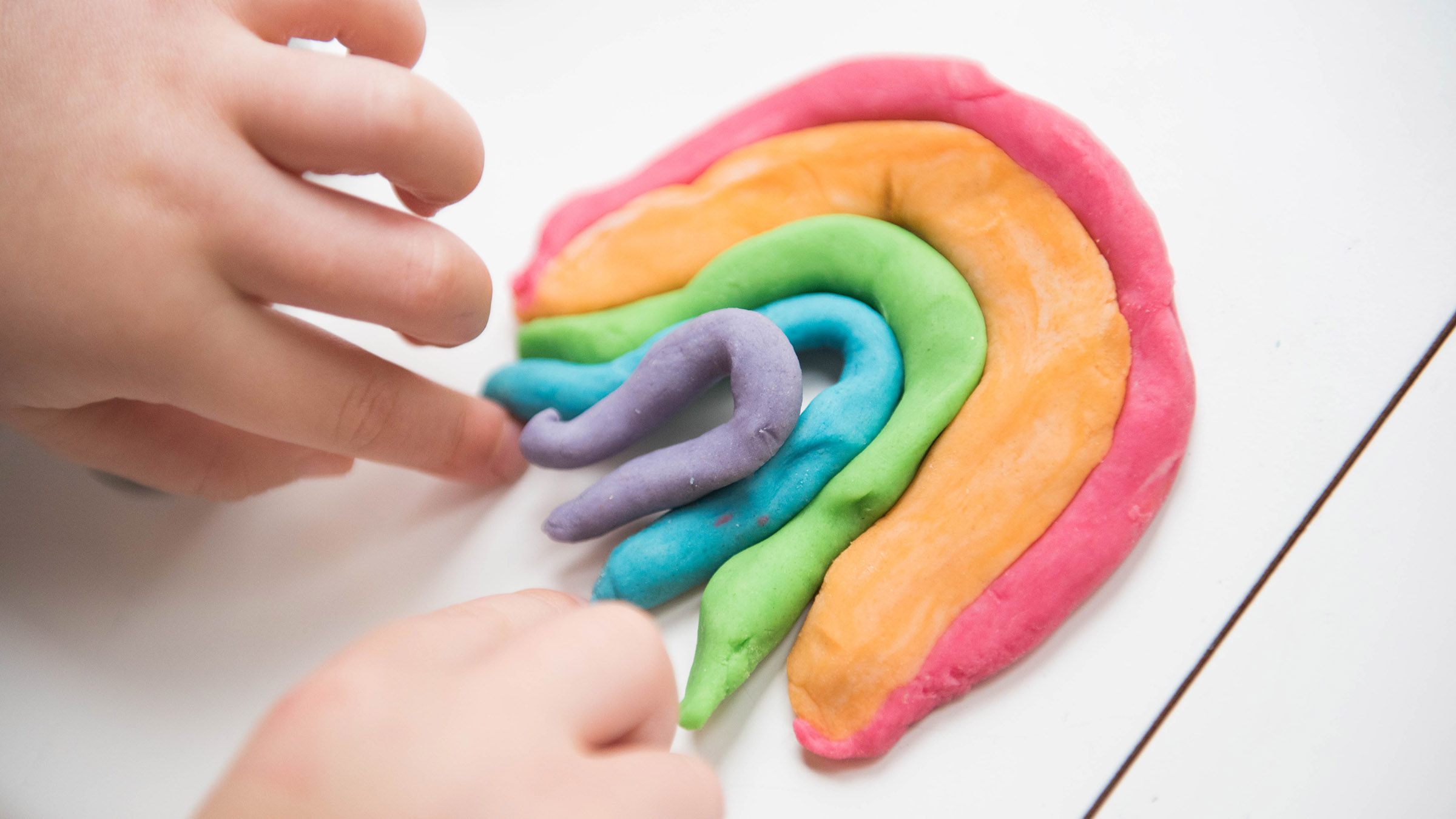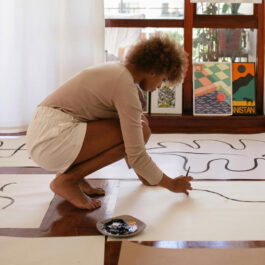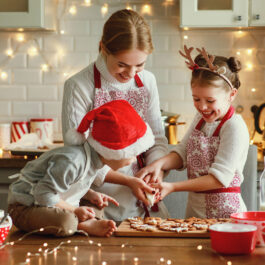DIY projects are a great way to learn new skills, improve mental flexibility and agility, and get a therapeutic, stress-relieving effect. Now, add to that the feel-good sensation of helping someone in need. From those who are facing rough life circumstances, struggling with a disease or are completely defenceless, there’s always someone who could use your craft work to make their lives a bit better and easier. These next projects will have you making (quite literally) the world a better place.
For The Mini Heroes
Not all heroes wear capes, but that doesn’t mean they don’t deserve one, especially when they’re super-kids. Children struggling with a medical condition can have a hard time coping with fear, isolation, and sadness, so while the medical experts do their thing, we can do ours and help make them feel invincible. There are several superhero cape charities out there, but you can easily create one yourself with a few supplies, no sewing required. Choose among a variety of styles, from unicorn capes full of magical powers, to their favourite world-saving movie characters (add the superhero logo with a cardboard stencil and paint). Not only will these simple accessories boost their confidence, but a cape also provides the opportunity for creative dress-up play and exploration of moral values. Donate your capes to the paediatrics unit of your local hospital, or go above and beyond and give them to foster care services and homeless shelters, as well.
For The Cuddly Kids
And while kids often want to feel indestructible, sometimes they just want to be comforted. Soft, cuddly teddy bears are super easy to fashion from a pair of recycled fuzzy socks, requiring only beginner-level sewing and making a great gift for children in difficult situations – whether they’re battling a disease or transitioning between homes. They can offer a sense of security and companionship, especially in a hospital or shelter where children aren’t allowed many belongings, and the soft sock material can help keep them warm in these often cold environments.
For The Tiniest Troopers
Babies born prematurely will probably stay in the NICU to help them fully develop and grow – sadly, this means they’re separated from their parents’ comfort and warmth and a crucial time. While there’s no replacement for that, some things can come close, like a plush octopus doll. Years of medical observations have found that the tentacles of a soft octopus toy mimics the sensation of contact that babies had with the umbilical cord, making them feel attached and protected, while also improving their heartbeats and breathing, and avoiding them pulling out their tubes and monitors. For nearly 10 years, the Octo Project has been encouraging hospitals around the world to provide preemies with these hand-crocheted octopuses. Of course, safety measures are essential to prevent choking hazards and the proliferation of bacteria, so make sure to check the list of organisations in different countries to get the approved pattern, yarns and crochet instructions, and see which local hospitals accept such donations.
For The Silent Generation
The best thing you can do for the elderly is to spend quality time with them – the second best, perhaps, is to use your crafting skills to make them a carry-all for their walkers, if they have reduced mobility. Walker users are not able to carry items with them, since both their hands are busy, so a caddy for carrying a book, a pair of glasses and other items could make things easier and give them a feeling of independence. This tutorial requires beginner-level sewing, and all you need is some quilted fabric (old placemats would work, too), ribbon and Velcro. Gift them to a senior relative or neighbour, or take them to your local nursing home. They’ll use it daily, guaranteed.
For The Sensory Sensitive
While you’re making new friends from older generations, consider crafting something especially useful for those with restless hands, like a sensory blanket. Activity blankets are super easy to make and are a great tool for relieving stress and boredom in those with Alzheimer’s, as well as providing comfort and retaining fine motor skills. Just take a lap-sized quilt and sew on different items such as buttons, buckles, zippers, bells, rings and beads. The blanket can be placed on their lap to help keep their hands positively engaged in repetitive behaviours. And while these blankets are great for the elderly, they’ve also been shown to aid younger kids with autism or ADHD in coping with restlessness, anxiety and irritability. Why not make a second batch to donate to special education centres?
For Our Furry Friends
If you can’t adopt a pet, the next best thing you can do for dogs and cats living in shelters is to provide them with a snuggle and a bit of comfort while they wait for their new family to find them. Having a warm, cosy place to sleep also helps keep anxious animals calm and offers a source of emotional support that can improve behaviour – and make it easier for them to get adopted. You can create your own no-sew blanket or bed by upcycling old towels, blankets or fleece (which is the easiest to clean), and stuff with polyester filling or, to make it even more budget-friendly, with old t-shirts – just make sure the bed is firm enough for them to rest comfortably.
For Those Sleeping Rough
Turn refuse into refuge for those in tough situations by making sleeping mats out of plastic yarn, or plarn. Plastic bags you get at the grocery store can be cut into strips and crocheted the same way as regular yarn, and used to make plenty of things – from bags to rugs and, yes, sleeping mats. These mats provide cushion while keeping the body warm by creating a barrier against the cold, damp, dirty ground. They’re also insect-resistant and are easily dried when wet. Considering the amount of plastic currently contaminating the planet, and apparently little will to stop plastic production on a large scale, the least we can do is put it to good use. Donate to a local shelter or carry them in your car to offer whenever you see someone who might need one.
For Anyone, Really
Share the joy of a good book by crafting bookmarks and donating them to public schools, youth centres, local libraries, prisons and even soldiers overseas. A fun DIY project to make with children, it keeps them thinking creatively and allows them to share their love of learning, and they can even pick a few books of their own to donate along with their homemade bookmarks. You can easily make a bookmark with literally anything, from pieces of fabric to cardboard, strings with beads or popsicle sticks. As for the design, the sky’s the limit – but if you need some inspiration, these fun origami bookmarks are a good place to start!














Sorry, the comment form is closed at this time.